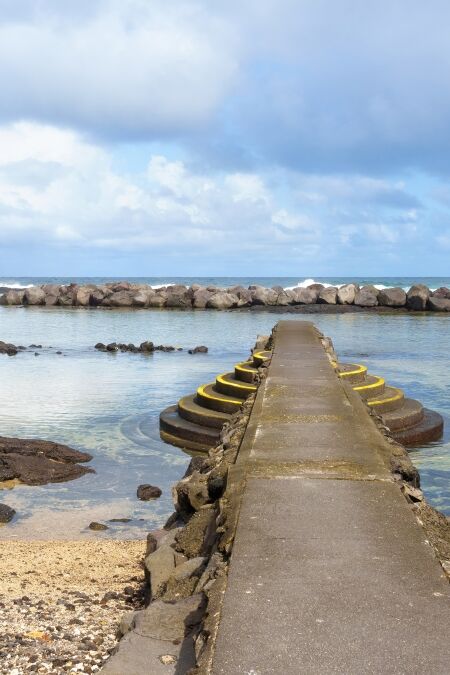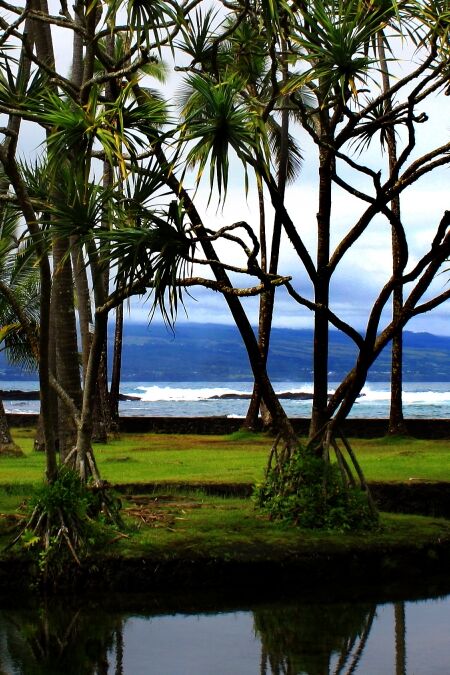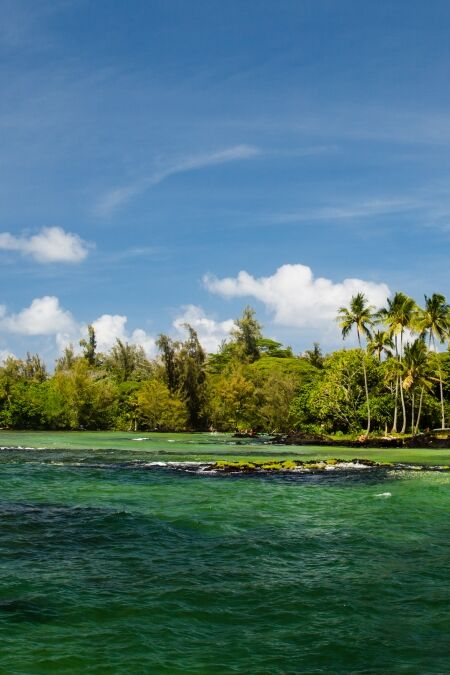Along the picturesque Kohala Coast on Hawaii’s Big Island, Puako Petroglyph Park captivates both history enthusiasts and nature lovers. This remarkable archaeological site houses one of Hawaii’s most extensive petroglyph fields, showcasing over 3,000 ancient carvings. The purpose of this article is to guide travelers through Puako Petroglyph Park, helping them appreciate its historical significance and cultural heritage.
Highlights
- Explore over 3,000 petroglyphs carved into lava rock, depicting scenes of daily life, animals, and spiritual symbols.
- Take a leisurely walk along the trails that meander through ancient lava flows.
- The park offers well-marked trails and informative signage, making it easy to navigate and learn about the significance of the petroglyphs without needing a guide.
- This park is great for visitors of all ages, with easy-to-walk paths and shaded areas, making it a perfect stop for families looking for a cultural and educational experience.
- Discover one of the largest concentrations of petroglyphs in Hawaii. These ancient carvings are believed to date back to 1200-1500 AD, giving visitors a deep sense of Hawaiian history and heritage.
- The contrast between the black lava rock and the carved petroglyphs creates striking photo opportunities, perfect for travelers looking to capture a piece of Hawaiian history.
What Are Petroglyphs?
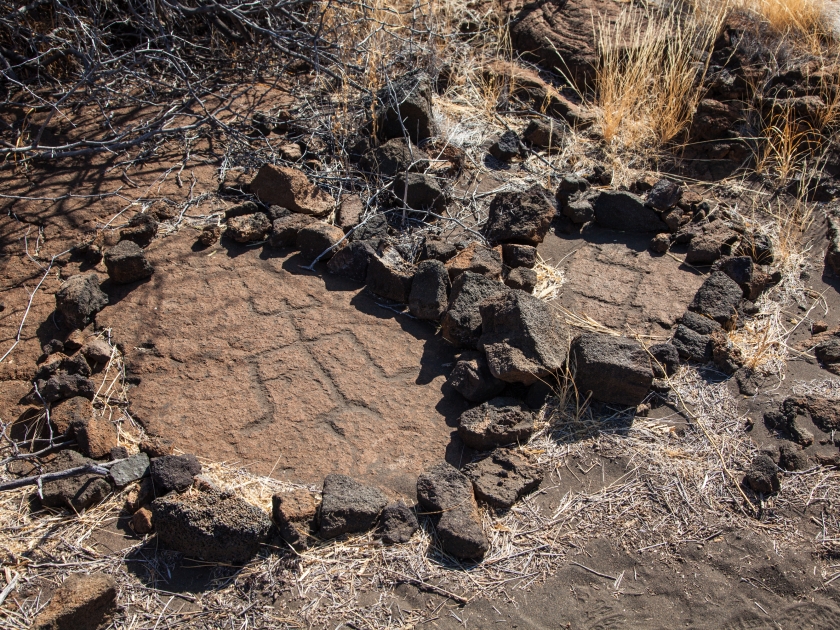
Petroglyphs are ancient rock carvings created by early Hawaiian inhabitants, often etched into lava rock surfaces. These carvings, called kiʻi pōhaku in Hawaiian, hold deep cultural and historical significance, representing important events, people, and symbols from the past. Petroglyphs served as a form of communication and storytelling, offering insights into the spiritual practices, daily life, and traditions of Hawaii’s native communities.
History
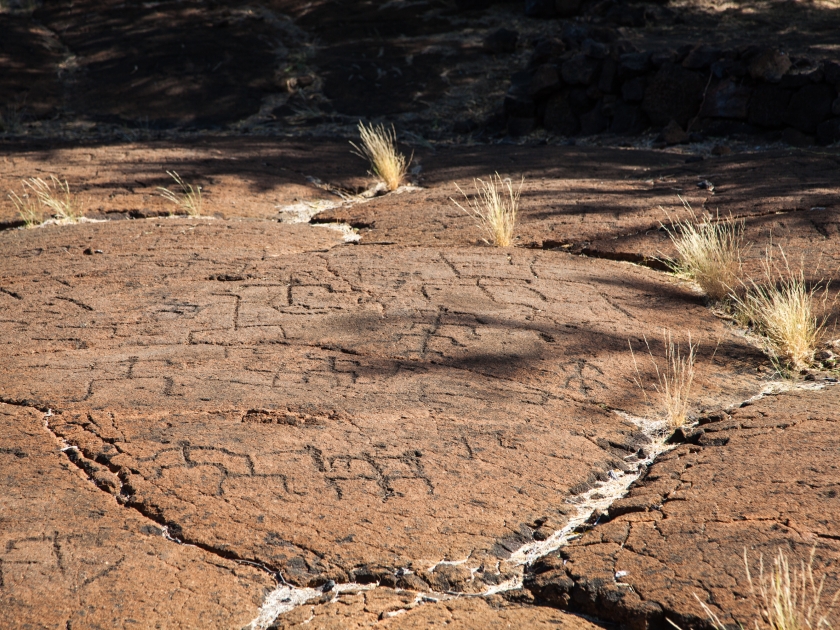
Home to more than 3,000 ancient rock carvings, or kiʻi pōhaku, this park offers a glimpse into the cultural and spiritual world of early Hawaiians. The petroglyphs, etched into lava flows by Hawaii’s early inhabitants, provide a tangible connection to the past.
Early Inhabitants and Settlement
Puako’s history stretches back to the arrival of Polynesians who settled in Hawaii, with evidence indicating that the area was inhabited between 1400 and 1700 AD. Some theories suggest that earlier settlers may have arrived as far back as 1000 AD. The early Hawaiians used the coastal resources for fishing and ventured inland to quarry stones for tools, marking their presence and activities in this region.
Cultural Importance of the Petroglyphs
The petroglyphs at Puako serve as a crucial record of ancient Hawaiian social, religious, and political life. These carvings depict various images, including humans, canoes, and animals such as sea turtles. While their exact meanings remain a mystery, the carvings are believed to commemorate important life events like births, ceremonies, and possibly territorial boundaries. Strategically placed near historic land divisions and ancient trails, the petroglyphs reflect their deep connection to Hawaiian daily life and spiritual practices.
Efforts to Preserve Puako’s Legacy
The discovery of the petroglyphs occurred during the development of the Mauna Lani Resort in the late 20th century. Recognizing the cultural significance of these carvings, steps were taken to protect the area. In 1972, the Puako Petroglyph Archaeological Preserve was established, ensuring that these ancient relics would be safeguarded for future generations. Covering 223 acres, the preserve includes a carefully maintained trail system, allowing visitors to explore the site while protecting the petroglyphs.
A Journey Through Puako Petroglyph Park
Today, Puako Petroglyph Park attracts tourists and locals alike. Visitors can embark on the Malama Trail, a path winding through a rugged landscape filled with volcanic rock and kiawe trees. Along this trail, nearly 1,200 petroglyphs are visible from designated viewing spots. Educational signs along the route help visitors understand the historical and cultural significance of the petroglyphs, enhancing the overall experience.
Why Puako Petroglyph Park Matters
Puako Petroglyph Park stands as a symbol of ancient Hawaiian ingenuity and spirituality. A visit to this site offers not only a chance to admire the incredible artistry of the petroglyphs but also an opportunity to connect with the island’s deep history. Thanks to ongoing preservation efforts, this park remains a vital link to Hawaii’s past, allowing future generations to appreciate and learn from the stories etched into its volcanic rock.
What to Expect When Visiting
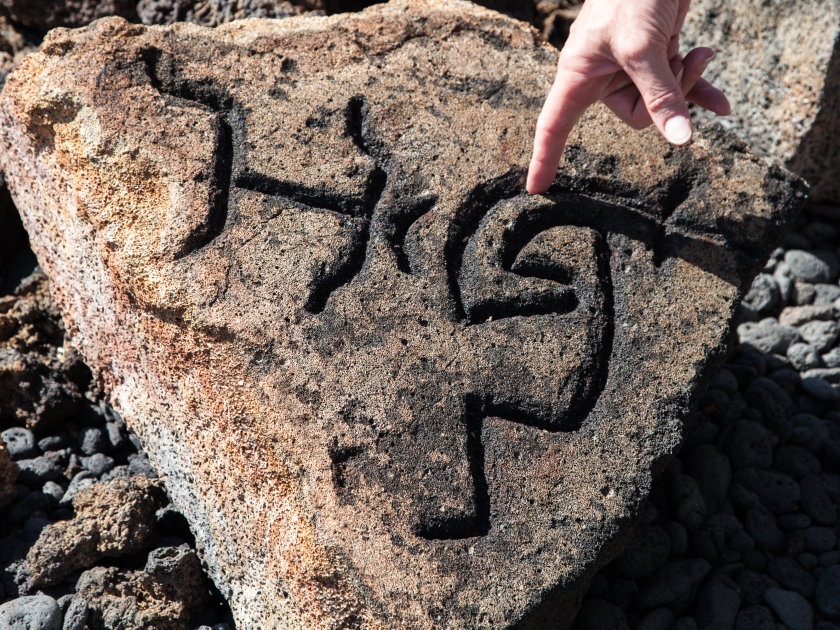
When visiting Puako Petroglyph Park, you’ll follow a well-marked walking trail that leads to the petroglyph field, offering a relatively easy hike suitable for most visitors. The terrain is primarily flat, but it’s important to wear comfortable shoes and bring water, as the area can get hot, especially in the afternoon. As you explore, take your time to admire the intricate petroglyphs, staying on marked paths to protect these ancient carvings. Families can enjoy a “petroglyph hunt,” sparking children’s curiosity, while nature lovers can appreciate the park’s scenic beauty, including local plants and wildlife along the trail.
Tips for Visiting
- Wear comfortable, sturdy shoes for the walking trail.
- Bring water, especially during warmer parts of the day.
- Visit early in the morning or late afternoon to avoid the midday heat.
- Stay on marked paths to protect the petroglyphs and the surrounding environment.
- Take your time to appreciate the intricate carvings and their historical significance.
- Encourage kids to engage in a “petroglyph hunt” to keep them engaged and spark their curiosity.
- Keep an eye out for local flora and fauna along the trail.
- Bring a camera or smartphone to capture the beauty of the carvings, but avoid touching them to preserve their condition.
Best Times to Visit
The best times to visit Puako Petroglyph Park are early in the morning or late in the afternoon when temperatures are cooler, making the walk along the trail more comfortable. These times also provide better lighting for viewing and photographing the petroglyphs. Midday heat can be intense, so plan accordingly by avoiding peak sun hours and ensuring you have plenty of water and sun protection. Visiting during these quieter times also allows for a more peaceful experience as you explore the ancient carvings.
Nearby Attractions
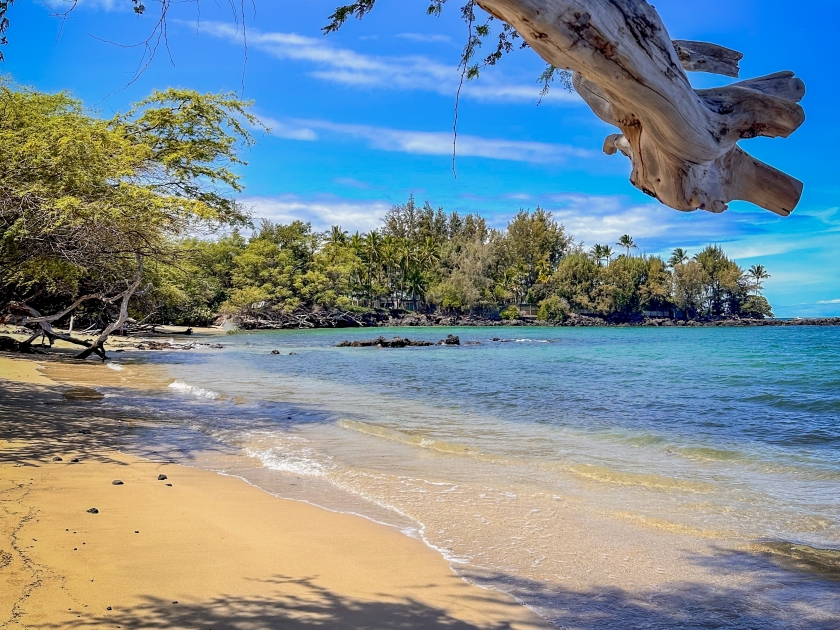
While visiting Puako Petroglyph Park, be sure to explore nearby attractions such as Puako Bay, where you can enjoy serene beach views and excellent snorkeling opportunities. The area is also close to other cultural and historical sites, including the Mauna Lani Resort’s fishponds and the historic trails around the resort that showcase more petroglyphs. These nearby destinations offer a blend of natural beauty and cultural experiences, making the area an ideal spot for a well-rounded day of exploration.
Frequently Asked Questions (FAQs)
The trail at Puako Petroglyph Park is approximately 1.4 miles round trip, leading visitors through a lava field to view the ancient petroglyphs.
No, guided tours are not typically available at Puako Petroglyph Park, but there are informational signs along the trail to help visitors understand the petroglyphs’ history.
No, touching the petroglyphs is not allowed to preserve the ancient carvings and prevent further erosion.
The petroglyphs are thought to represent significant cultural symbols, such as human figures, animals, and canoe forms, providing insight into the spiritual and daily lives of ancient Hawaiians.
No, there is no entrance fee to visit Puako Petroglyph Park; it is free and open to the public.
The trail may be challenging for visitors with mobility issues due to uneven lava rock terrain, but the first part of the trail is relatively easy to navigate.
How to Get There
By Car
To visit Puako Petroglyph Park by car, start your journey from Waimea (Kamuela) by heading south on Highway 19. After approximately 23 miles, take the Waikoloa Beach Drive exit and continue for about one mile before turning left onto Puako Beach Drive. Follow this road until you spot the signs directing you to the petroglyph park. Parking is available at the entrance, making it easy for visitors to begin their exploration.
By Bus
For those opting to take the bus, board a bus heading towards Waikoloa Village. Get off at the Waikoloa Beach Resort stop and proceed to the shuttle service or taxi stand. From there, you can hire a taxi or use a resort shuttle service to quickly reach the park. While less direct than driving, the bus option allows travelers to enjoy the scenic views comfortably without worrying about navigation.
Trace the Past at Puako Petroglyph Park
Puako Petroglyph Park stands as a remarkable cultural and historical landmark, offering a unique window into ancient Hawaiian life through its fascinating rock carvings. As one of Hawaii’s largest petroglyph fields, it provides an educational experience for visitors eager to connect with the island’s rich heritage. Exploring this park is an unforgettable journey through time, making it a must-visit destination on the Big Island.


